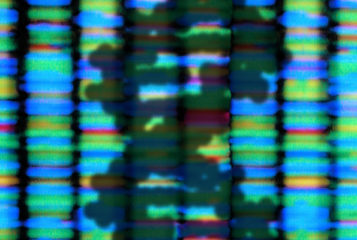A section of functioning human small intestine has been transplanted into mice, giving scientists a new model with which to study intestinal diseases.
The tissue was grown from human stem cells in the lab before being grafted onto mouse kidneys, allowing the cells to develop into functioning sections of intestine.
'These studies support the concept that patient-specific cells can be used to grow intestine,' said Dr Michael Helmrath from Cincinnati Children's Hospital, who led the work. 'This provides a new way to study the many diseases and conditions that can cause intestinal failure, from genetic disorders appearing at birth to conditions that strike later in life, such as cancer and Crohn's disease.'
The scientists took human skin and blood samples and reprogrammed these cells to become induced pluripotent stem (iPS) cells. By adding a mixture of chemicals, they could then transform the iPS cells to form segments of intestinal tissue.
To provide these 'organoids' with a blood supply so they could grow further, the tissue was placed into mouse kidney capsules: tough, fatty membranes that protected the growing organs from damage.
The mature, transplanted organoid contained many of the types of cells seen in the small intestine, meaning it could absorb and digest nutrients. 'Importantly, the muscle layers of the intestine also develop,' said Dr Helmrath. The mice used in this study were genetically engineered so that their immune systems would not reject the human tissue.
The researchers say the study brings them closer to growing organs for transplant using the patient's own cells, minimising the risk of rejection. 'These studies also advance the longer-term goal of growing tissues that can replace damaged human intestine,' said Dr Helmrath.
But in the more immediate future, the mouse model should make testing drugs for conditions such as inflammatory bowel disease easier and faster, 'shaving years off the drug development process', the researchers said in a press release.
The study was published in Nature Medicine.
Sources and References
-
An in vivo model of human small intestine using pluripotent stem cells
-
Lab-developed intestinal organoids form mature human tissue in mice
-
Human intestine grown in mouse for first time as scientists say there is hope to create 'spare parts' for people
-
Miniature human intestine grown in mice for first time
-
Scientists grow human intestine in the lab, giving hope to people with gut problems and cancer patients





Leave a Reply
You must be logged in to post a comment.